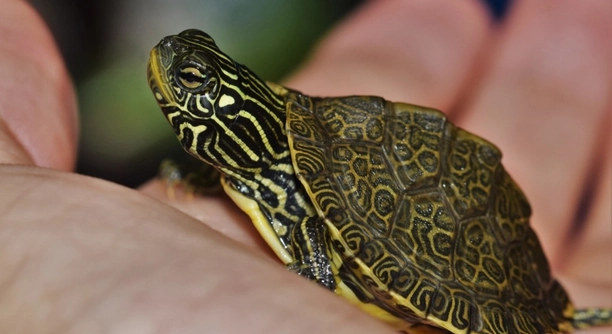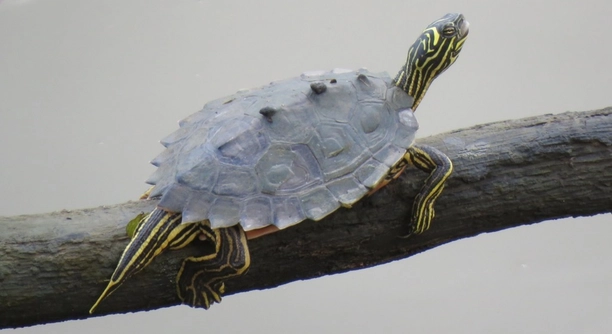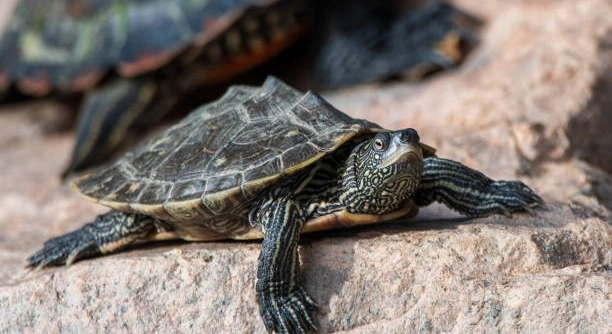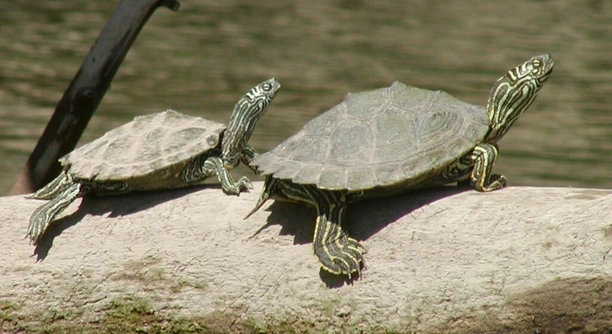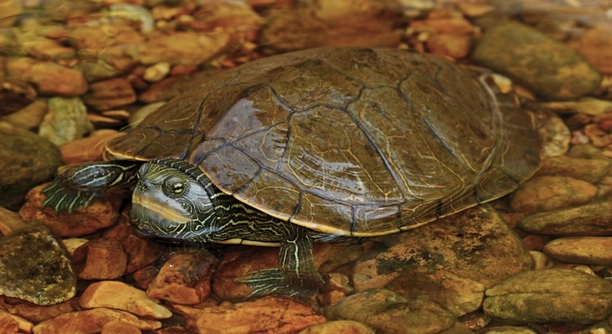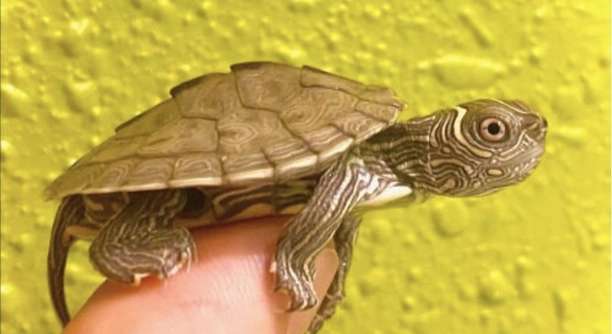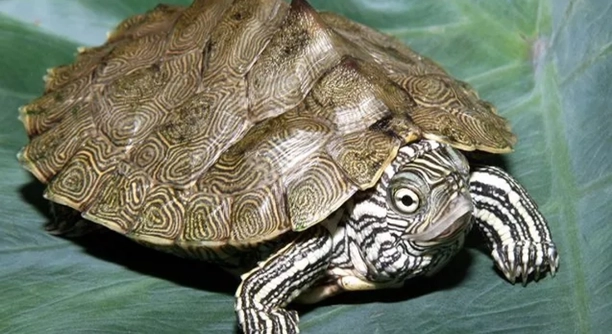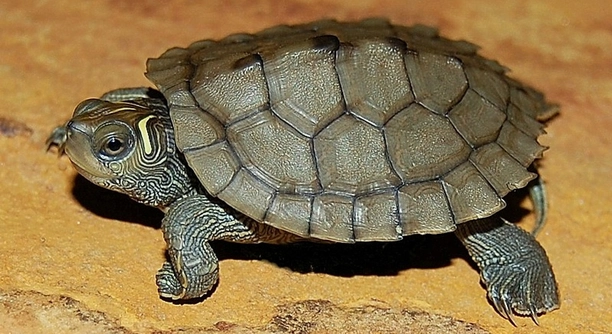Why Does My Map Turtle Eat Its Own Shed Skin?
Some map turtles eat their shed skin, which may seem odd or even concerning to their owners. However, this behavior is quite common and can be part of their natural instincts. Turtles often eat their shed skin for reasons related to nutrition, hydration, and environmental factors. The skin provides important nutrients like calcium and other … Read more

